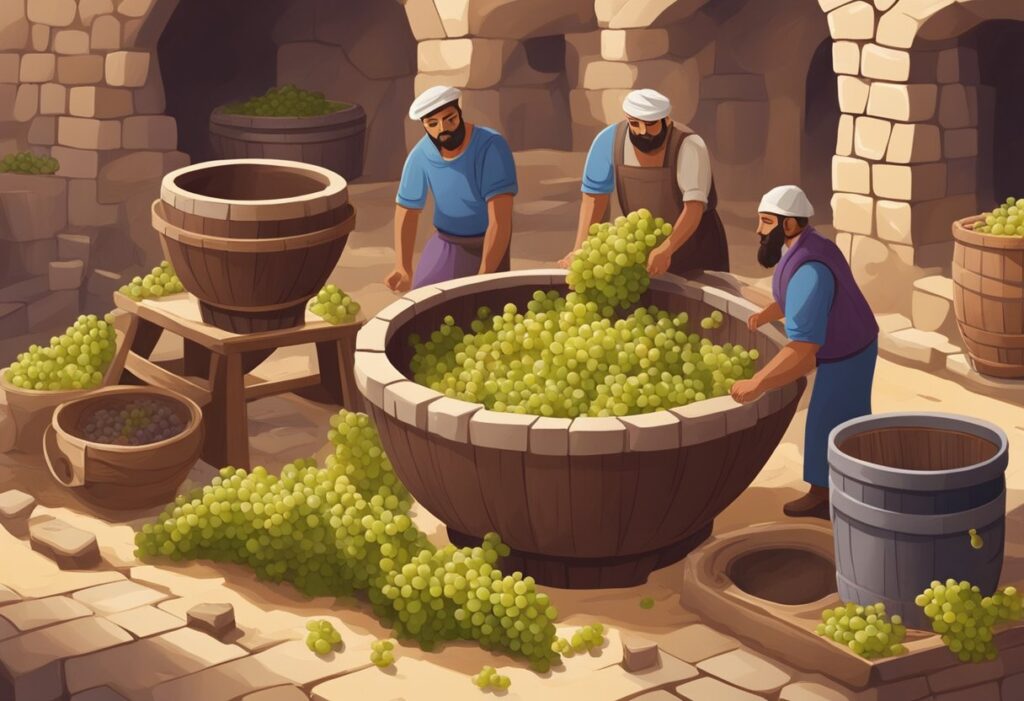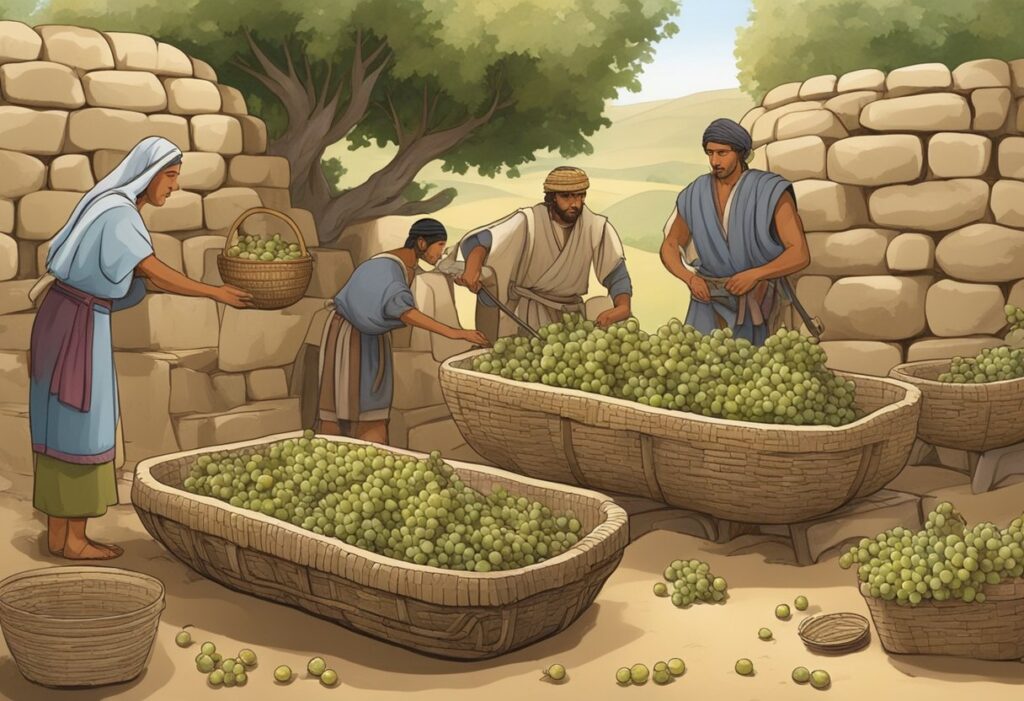The Industrial Revolution brought rapid technological and societal changes, and these advancements revolutionized wine production and distribution. With new machinery and techniques, viticulture became more efficient and less labor-intensive, allowing vineyards to produce higher volumes of wine. Innovations like pasteurization and modern filtration improved the quality and safety of wine, making it more consistent and enjoyable for consumers.
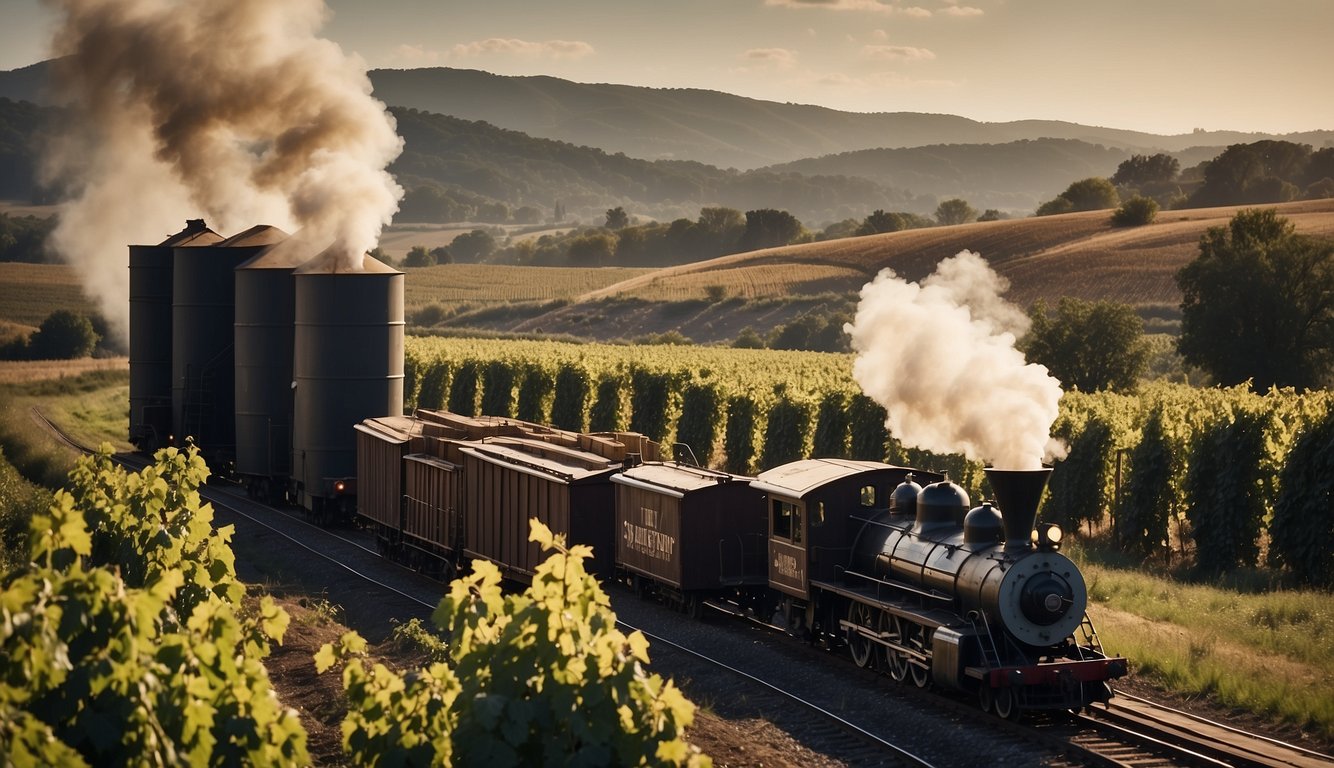
You might be surprised to learn how the Industrial Revolution also transformed the way wine was distributed. Trains and steamships replaced slow, horse-drawn carriages and sailing ships, making it easier to transport wine across long distances. This revolution in transportation opened up new markets and made wine more accessible to people around the world, boosting the wine industry significantly.
Environmental impact and sustainability are modern concerns, but they weren’t ignored during the Industrial Revolution. While the era brought some environmental challenges due to increased industrial activity, it also laid the groundwork for more sustainable viticulture practices seen today.
Exploring these developments can give you a deeper appreciation for the rich history and ongoing evolution of winemaking. If you’re curious about these changes, dive into how the Industrial Revolution shaped the wine industry and continues to influence it.
Historical Impact of the Industrial Revolution on Winemaking
The Industrial Revolution dramatically transformed winemaking by introducing new technologies and methods that boosted productivity and improved wine quality. From enhanced viticulture techniques to advancements in production, these changes altered the industry’s landscape.
Evolution of Viticulture Techniques
The Industrial Revolution brought significant changes to viticulture. Mechanization began to replace manual labor in the vineyards. This included tools like steam-powered plows, which made it easier to cultivate larger areas more efficiently. Mechanical harvesters also helped in picking grapes faster and with less effort.
Steam-powered machinery further revolutionized vineyard management. These machines allowed for better soil preparation and planting practices, resulting in healthier vines. Advanced pest control methods, influenced by developments in chemical engineering, reduced crop losses and increased yields.
Standardization became key during this period. New techniques ensured that grape quality was more consistent from one harvest to the next. This consistency in quality provided a more reliable end product, enhancing the reputation of wines produced during this era.
Advancements in Wine Production
In the realm of production, the advent of new technologies brought about profound changes. Steam-powered presses introduced in 19th-century France greatly increased productivity and convenience in pressing grapes. This technology soon spread worldwide, transforming the wine production process.
The discovery and application of germ theory by scientists like Louis Pasteur led to significant improvements in wine safety and quality. Pasteurization techniques eradicated many of the uncertainties in the fermentation process, resulting in more reliable and safer wines.
The introduction of modern filtration systems further improved the clarity and purity of wine, making it more appealing to consumers. Additionally, innovations such as the bottle cork and the use of glass bottles allowed for better preservation and distribution, leading to wider availability and consistent quality.
Technological advancements during the Industrial Revolution ultimately made winemaking more efficient and accessible, laying the groundwork for the modern wine industry.
Contemporary Wine Production and Technological Integration
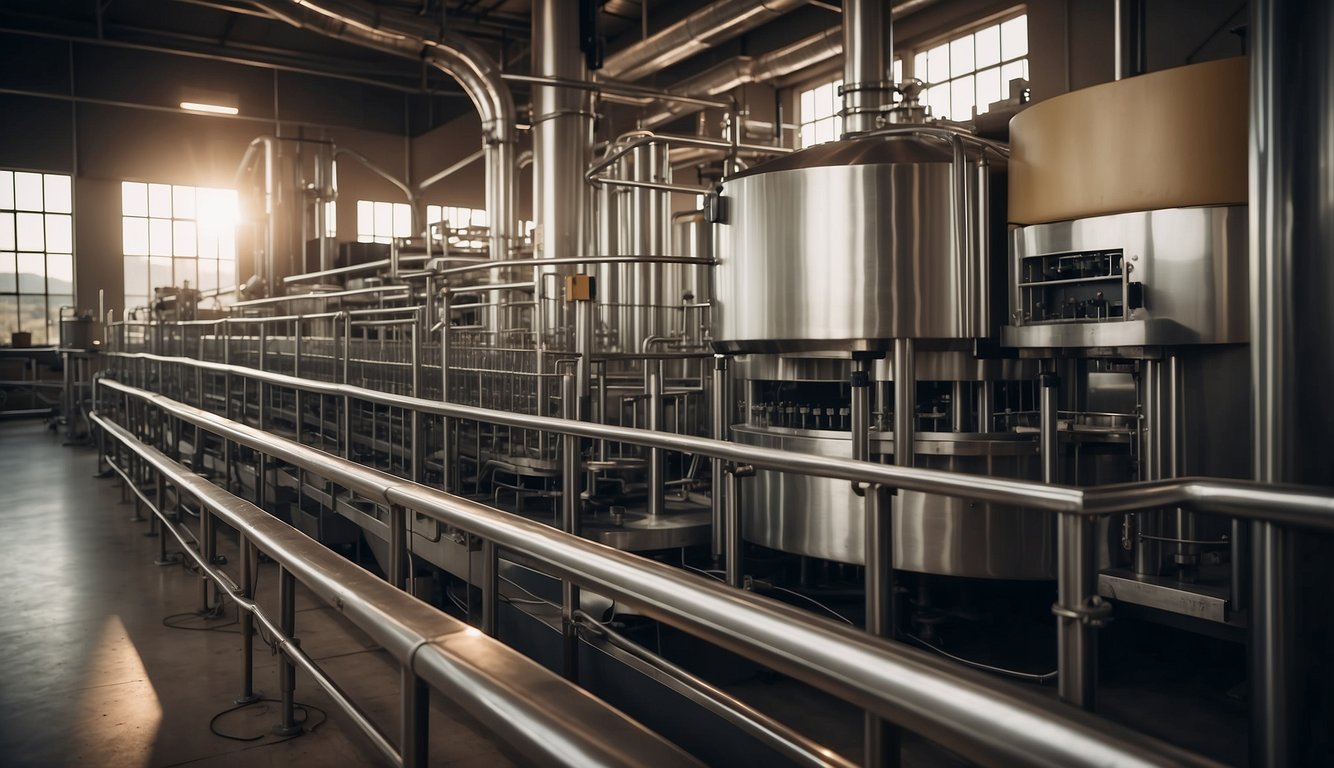
Today’s wine production has transformed through advanced technology, a focus on eco-friendly practices, and innovations from the Fourth Industrial Revolution. These changes have simplified production, improved quality, and fostered more sustainable practices.
Modern Winery and Vineyard Technology
Wineries now use advanced equipment to enhance productivity and quality. Automation allows tasks like grape sorting, crushing, and bottling to be done faster and more consistently.
Many wineries employ AI-powered machines to monitor vineyard conditions. These machines can detect the health of vines, predict yields, and optimize irrigation. Additionally, blockchain technology has been introduced to ensure the authenticity of wines, preventing tampering and providing traceability.
Modern filtration and pasteurization techniques eliminate impurities, leading to safer and better-quality wine.
The Rise of Organic and Biodynamic Practices
More wineries are embracing organic and biodynamic farming to promote environmental sustainability. Organic practices avoid synthetic pesticides and fertilizers, focusing on natural growth methods.
Biodynamic farming goes a step further, treating the vineyard as a self-sustaining ecosystem. This approach integrates astrology, organic composts, and livestock to improve soil health and vine vitality.
These practices not only benefit the environment but also cater to the growing consumer demand for sustainable wines. Many modern wineries combine these methods with technology to refine their processes and produce high-quality organic and biodynamic wines.
Impact of the Fourth Industrial Revolution
The Fourth Industrial Revolution has further integrated Artificial Intelligence (AI) into wine production. AI tools can predict changes in weather, identify pest threats, and assist in making critical decisions.
Automation in wineries helps reduce human error and speeds up production. Tools like drones and robots can manage vineyards efficiently, performing tasks such as planting, pruning, and harvesting.
AI-powered apps and online platforms are revolutionizing how wine is marketed and sold, offering personalized recommendations to consumers. The implementation of these technologies enhances both production and distribution, making the wine industry more competitive and adaptive.
Environmental, Economic, and Social Aspects of Wine Production
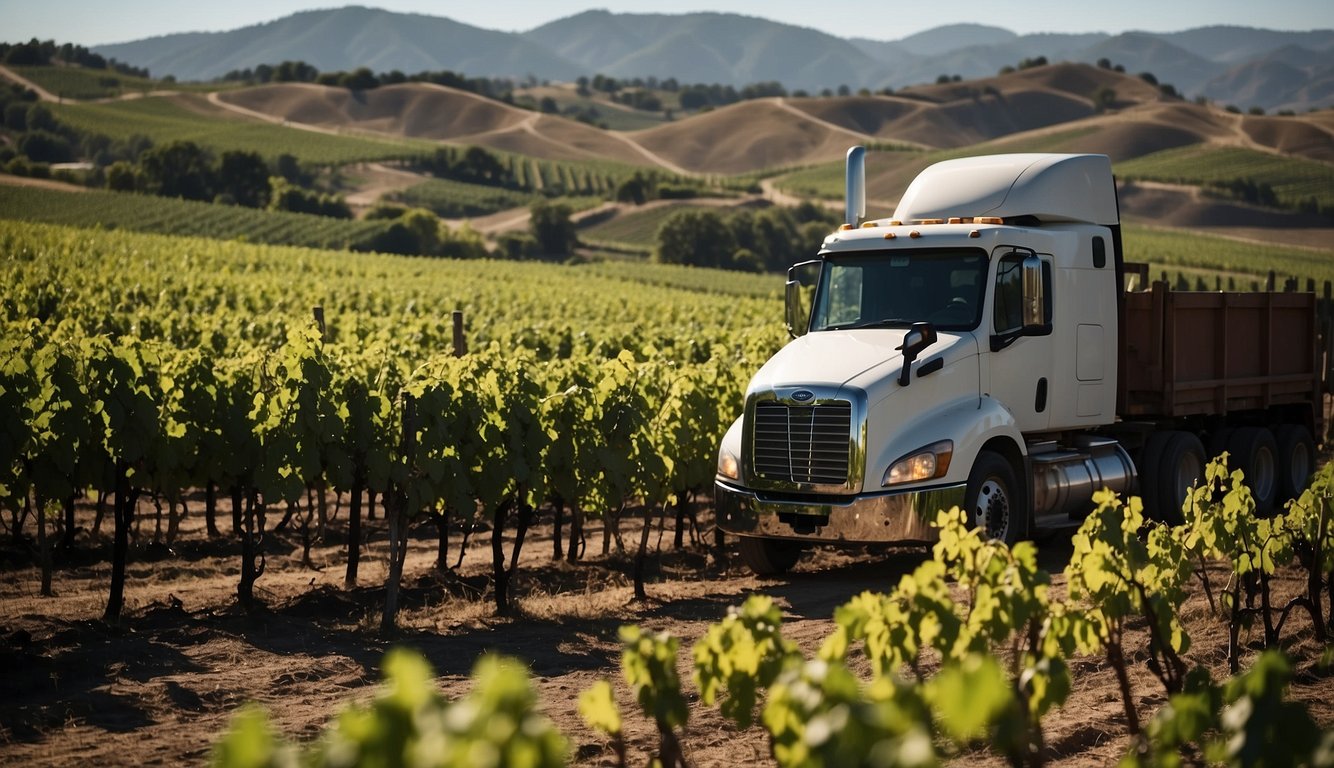
Wine production impacts the environment, economy, and society. The role of climate change in viticulture, environmental preservation efforts, and the economic and social effects of the wine industry are crucial aspects to understand.
Climate Change and Viticulture
Climate change significantly affects viticulture. Rising temperatures and changing weather patterns influence grape yield, quality, and harvest times. For example, warmer regions may find it challenging to grow traditional grape varieties, while previously cooler regions might become suitable for vineyards.
Climate change impacts and adaptations of wine production are evident as vineyards adjust their practices to cope with these shifts. This requires innovative vineyard management strategies to maintain wine quality and sustain production levels. Water stress due to increased droughts can also affect grapevines, leading to a need for more efficient irrigation practices.
Environmental Preservation in Winemaking
Winemaking has a notable environmental impact, requiring efforts to minimize it. The use of agrichemicals and high water consumption are significant concerns. Sustainable practices in vineyards and wineries can help reduce this impact. For example, organic farming and integrated pest management can lower the need for harmful chemicals.
Efforts to improve water usage, such as drip irrigation, also contribute to environmental sustainability. The wine industry is working towards reducing its carbon footprint by adopting green technologies and renewable energy. Supporting biodiversity and maintaining natural habitats around vineyards are also important steps in this direction.
The Economic and Social Effects of Wine Industry
The wine industry has a profound economic impact, contributing to economic growth and creating jobs. It also influences social aspects through wine culture and tourism. Regions known for their vineyards often see economic benefits from tourists visiting wineries and attending wine festivals.
This boost in tourism helps local businesses thrive. On the social side, moderate wine consumption has been associated with certain health benefits, though there are concerns about antisocial behavior and excessive drinking. The industry’s positive economic growth contrasts with the mixed social impact it may have on communities.
By understanding these aspects, you can appreciate the complexities involved in making wine both a beloved beverage and an industry with significant impacts.
Global Wine Distribution and Market Dynamics
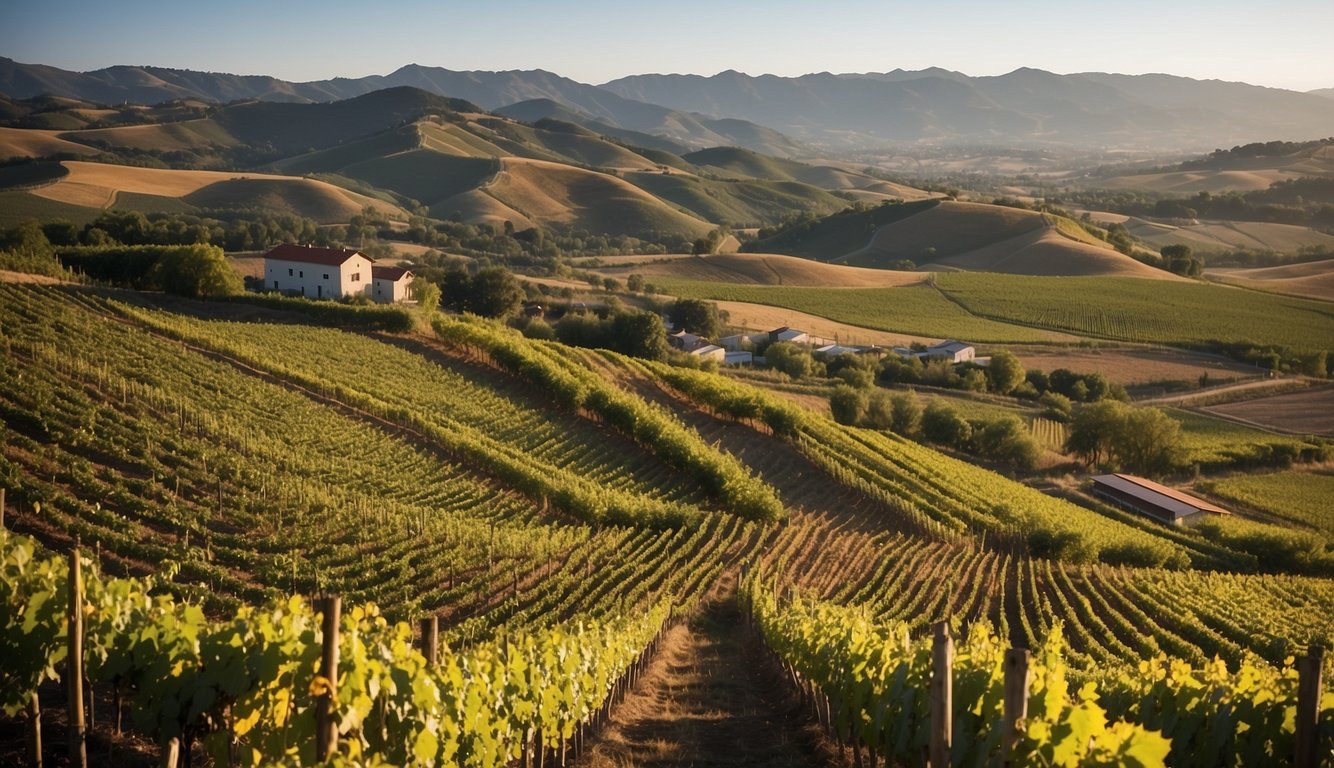
Wine distribution and market dynamics have evolved significantly due to technology and globalization. These changes have impacted how wine is produced, marketed, and consumed.
Technology’s Role in Wine Distribution
Advancements in technology have revolutionized wine distribution across the globe. With modern logistics, you can now order wine from regions like California and Australia with ease. Online retail platforms allow you to explore a variety of wines and have them delivered to your doorstep efficiently.
Companies use sophisticated supply chain software to monitor the movement of wine from vineyards to retailers. This ensures that you receive fresh and high-quality products. Blockchain technology adds an extra layer of security and transparency, enabling you to trace the origin and journey of your wine. Such innovations increase trust in the market and enhance your purchasing experience.
The Globalization of Wine
The globalization of wine has expanded its accessibility and variety. You can now enjoy wines from countries like France, Italy, and Spain, which remain leading producers. New World countries, such as Australia and the United States, also contribute significantly to the global wine market, offering wines that cater to diverse tastes.
Globalization provides economic benefits by opening new markets and boosting exports. This helps local winemakers gain international recognition and increases their revenue. It also allows you to experience different wine cultures without leaving your home. Retailers adapt by offering a wide selection of international wines, making it convenient for you to explore and appreciate global flavors.
Cultivating Quality and Experience
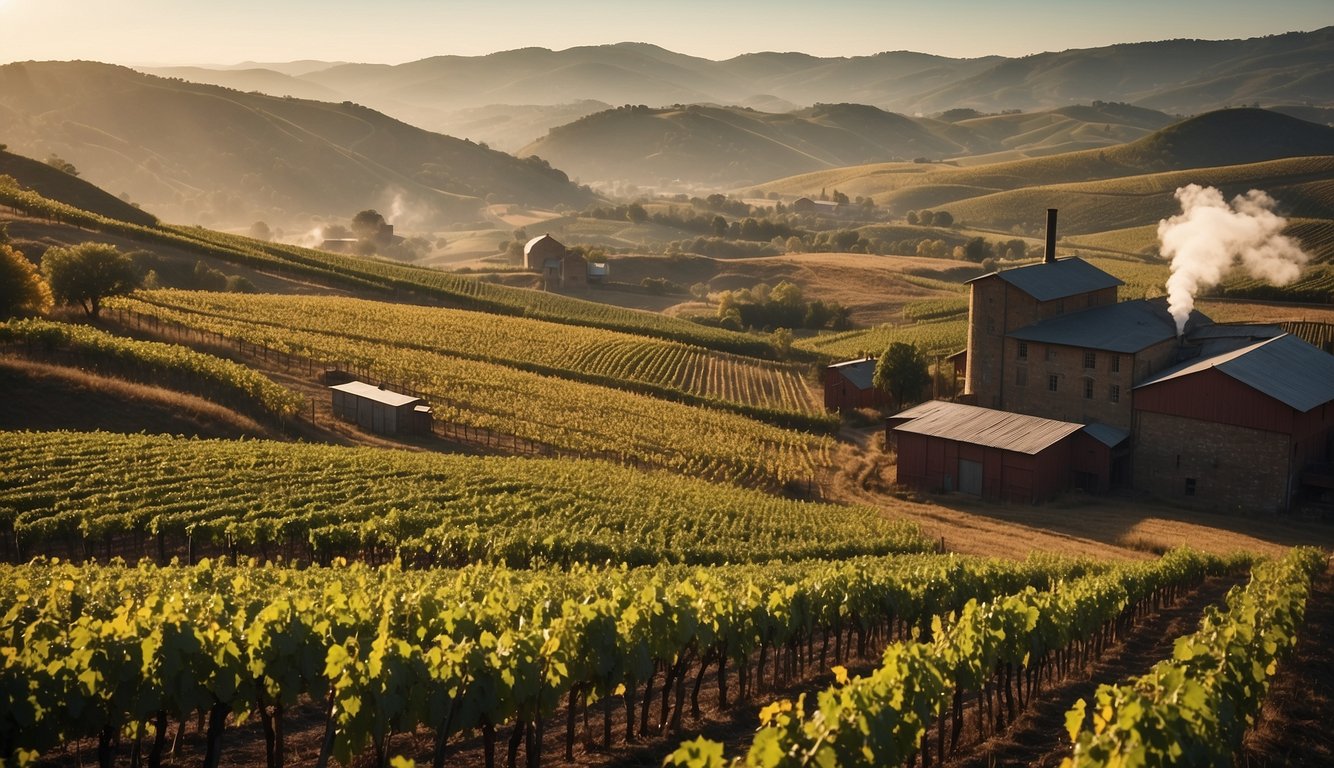
Technological advancements from the Industrial Revolution have enhanced wine production, offering better quality and improved experiences for enthusiasts. These changes have influenced everything from production efficiency to wine tourism and understanding the unique aspects of terroir.
Wine Quality and Production Efficiency
Modern technology has greatly improved wine quality and production efficiency. Automation in the winemaking process streamlines tasks, reduces costs, and ensures consistent results. Innovations such as pasteurization and advanced filtration eliminate unpredictability, resulting in safer, reliable wines.
The use of artificial intelligence (AI) to analyze data about grapes allows winemakers to predict the best harvesting times and optimal fermentation processes. These advancements, driven by the Industrial Revolution, have made it possible to produce high-quality wines at larger scales with less human error.
Read more about how AI is changing winemaking.
Wine Tourism and Educational Venture
Wine tourism has blossomed, offering an educational venture into the world of winemaking. Visitors can now experience wine production firsthand, from grape to glass. Many wineries offer tours that showcase their processes and technologies.
These tours are a fantastic way to learn about different flavors, aromas, and taste profiles that result from varied winemaking techniques. Additionally, wine tastings allow visitors to appreciate the nuances and complexities of different wines. Engaging in these tours enhances your appreciation for the authenticity of the craft.
Explore wine tourism and educational ventures to discover the artistry and science behind your favorite wines.
The Authenticity and Terroir in Winemaking
The authenticity of winemaking is deeply connected to the concept of terroir. This French term encompasses the unique environmental factors—soil, climate, and geography—that influence a wine’s characteristics. The Industrial Revolution introduced technologies that preserved these unique qualities while improving production.
Advanced methods allow winemakers to capture the essence of their terroir in each bottle, preserving flavor and aroma. Modern transportation and bottling techniques also ensure that these wines reach a broader audience without losing their original qualities.
Learn how technology has helped maintain the authenticity of winemaking while embracing the powerful impact of technology.
By embracing these advancements, winemakers continue to elevate both the quality and experience of wine.
